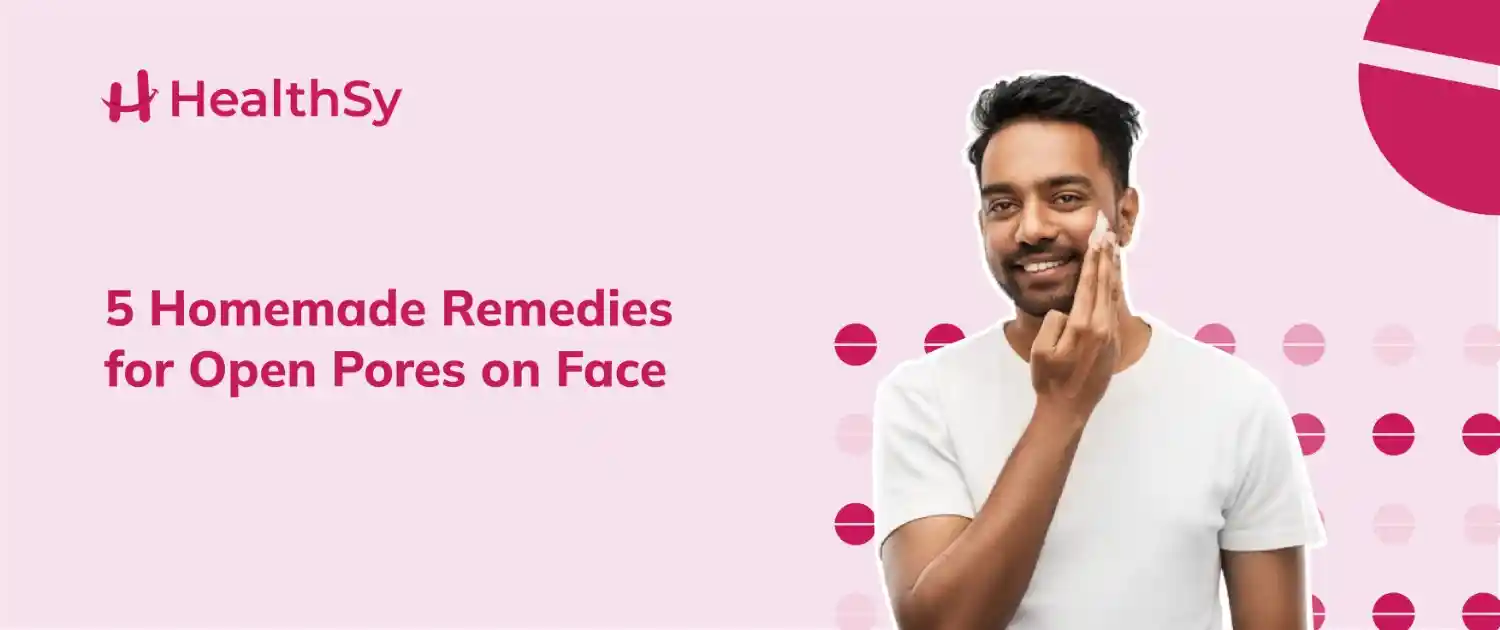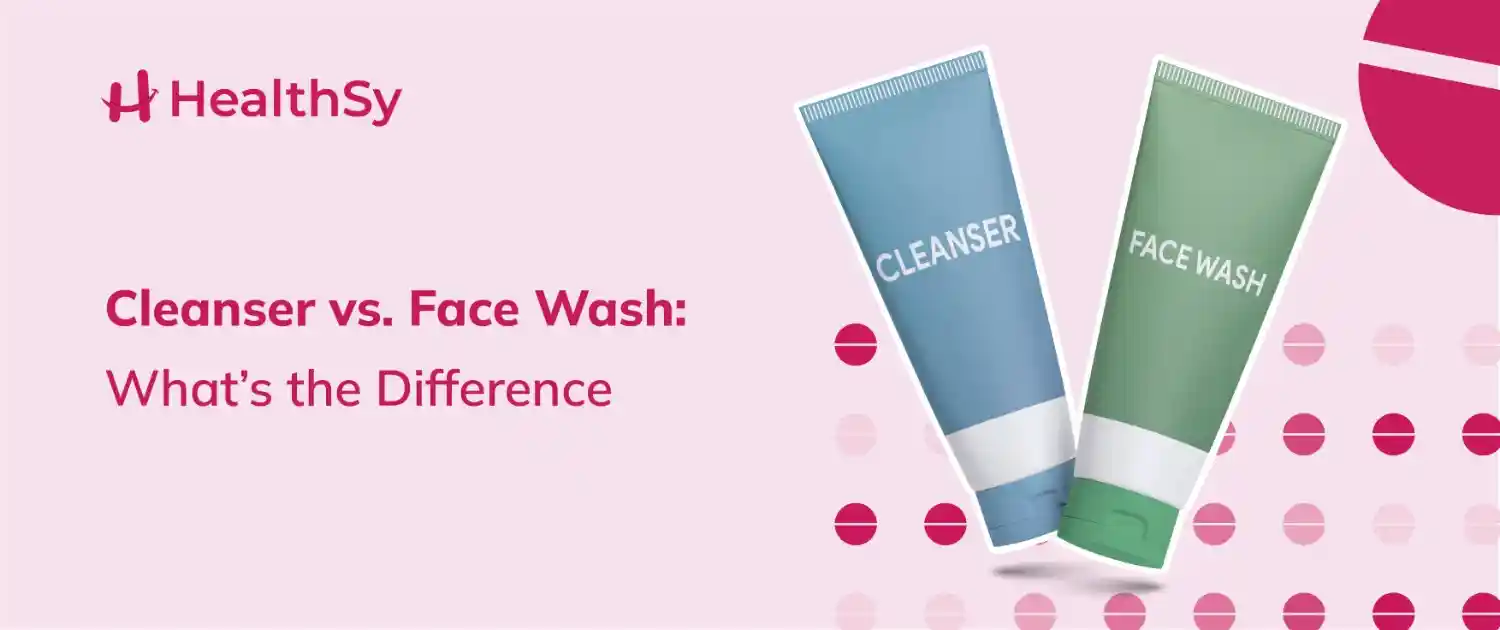Top Tips for Healthy Winter Skin

Cold weather can
be harsh on your skin, leaving it dry, itchy, and cracked. But keeping your
skin safe and healthy during the winter months doesn't have to be a challenge.
With the right knowledge and care, you can keep your skin looking and feeling
healthy all season long. Here are 10 tips to help you protect your skin from
the harsh effects of the cold weather. Yaasss! Get ready to enjoy the winter
months without worrying about the toll it takes on your skin!
Stay Hydrated
Most people know that drinking water is important for keeping their bodies hydrated, but what about your skin? Well, it turns out that too much dehydration can cause dryness in the skin and lead to wrinkles, and it is just as important as keeping your body hydrated. So, it is mandatory to have the recommended amount of water even when you are shivering!
Moisturize regularly
We all might have
heard this! To any of the skin problems, the remedy you come across is to
MOISTURIZE REGULARLY! And yes, that’s true! Because moisturizing is so
important for your skin. You wear it just as you would wear a piece of
clothing. Cold weather can cause your skin to become dry and cracked, so it's
important to keep it hydrated by using a moisturizer daily.
Wear Sunscreen
It is a common
fallacy that sunscreen is only necessary on sunny summer days spent lazing at
the beach or poolside. The sun can be harsh, especially during the winter
months when it is not as strong and UVB rays are lower. Wearing sunscreen is
one of the best ways to protect your skin from the sun's harmful rays.
Take Lukewarm Showers instead of Hot ones
If you are
planning on taking a shower in the cold, it's best to avoid hot water. Hot
water can dry out your skin, so instead of lathering up with it, take a
lukewarm shower that is just warm enough for comfort. This will help keep your
body temperature regulated and any irritation at bay.
Humidify your Home
Heating systems
can make the air in your home very dry, which can lead to dry, cracked skin. A
room humidifier can help prevent dry skin and ease breathing and sinus
congestion during the winter months.
Wear Lip Balm
So, you've started
to get the hang of keeping your skin safe during cold weather, but now it's
time for some lip balm. While there are a lot of great options out there, we
recommend using one with SPF protection—it will help protect your lips from the
drying effects of the cold weather and keep them hydrated. Remember, applying
it every day is just as important as wearing it!
Exfoliate Weekly
Dead skin cells
can build up on your skin during the winter, leading to a dull complexion. To
brighten up your skin, use an exfoliating scrub or mask at least once a week.
Wear Gloves
Wearing gloves on
cold days is another way to shield your hands from the winter's drying effects.
When our skin starts to get dry, it usually shows up first on our hands.
Wearing gloves safeguards against dry skin and broken nails.
Make your Diet
Well!!
Diet plays a role everywhere, even when it comes to the skin. Skin health depends on eating a nutrient-rich diet. This is especially important because our skin takes a beating during the cold months. Nutritional aids against winter skin dryness include protein, vitamin A, vitamin C, and omega-3 fatty acids.
Consult
a Dermatologist
If you have any concerns about your skin or notice any changes that seem unusual, you can make an appointment to see a dermatologist for evaluation and treatment, if necessary. It is important to understand who is a dermatologist, and what concerns are treated by them.
No matter how old you are, taking care of your skin is absolutely essential to flaunt your youthfulness. A little bit of healthcare goes a long way, and it is never too late to start!
We hope we have given you some great tips on
how to keep your skin safe and healthy in the winter months!

Have you ever tried using a vitamin C serum before, or are you considering trying it on your skin? Then this blog is for you!
From boosting collagen to brightening dull complexions and fading dark spots, vitamin C will be your saviour. However, not all serums are created equal, and using them correctly can make all the difference. In this blog, we’ll break down vitamin C serum benefits, side effects, uses, etc.
Keep reading!
Vitamin C Serum Definition
Vitamin C Serum is a topical skincare product that contains concentrated ascorbic acid (Vitamin C) as its active ingredient. This serum can be applied directly to the skin, delivering an effective dose of antioxidants that help fight unstable molecules and free radicals that cause damage and premature aging. Moreover, vitamin C serum comes in a lightweight, fast-absorbing formula, making it ideal for routine use under sunscreens and moisturizers.
Vitamin C Serum Benefits
Vitamin C offers numerous skin benefits, making it one of the most recommended skin ingredients by many dermatologists and skincare enthusiasts. A few other benefits are:
- Anti-aging properties
- Soothing inflammation
- Sun protection efficiency
- High Hydration properties
- Brightening agents
Vitamin C Serum Side Effects
While vitamin C serum is generally safe for use on any skin type, some individuals with sensitive skin may experience side effects. A few widespread side effects include:
- Skin irritations
- Peeling and dryness
- Allergic reactions
- Sun sensitivity
To minimize side effects, it is recommended to start with products of very low concentration. Alternatively, consulting a dermatologist and obtaining a prescribed product based on your skin type is advisable.
Vitamin C Serum Uses
Vitamin C serum, when incorporated into your skincare routine, has various purposes. A few of its best uses include:
- Hydration and skin health: Most vitamin C serums aid in skin nourishment and hydration.
- Best brightening serum: It helps fade away dark spots, acne marks, sunspots, and uneven skin tone issues.
- Anti-aging regimen: When combined with other anti-aging ingredients, such as hyaluronic acid and peptides, it helps soothe and tighten the skin.
- Post-acne healing: A vitamin C serum can support the healing process and help reduce the appearance of acne scars.
- Sun sensitivity: Any vitamin C serum also nourishes the skin barrier, improving overall skin resilience.
Final Thoughts
Vitamin C Serum is a highly effective skincare ingredient that offers numerous benefits, ranging from anti-aging to skin brightening. However, just like other skincare products, vitamin C serum should also be used correctly, considering its potential side effects. Using a high-quality vitamin C serum in your skincare routine, particularly in conjunction with sunscreen, will help you achieve the best and healthiest skin.

Have you ever tried using rice water for your skin?
If not, you are missing out on something beyond extraordinary. Yes! Rice water for skin is no doubt a hidden gem. It has been used as a beauty routine throughout Asia for centuries. Homemade skin care is easy to make with minerals, antioxidants, and vitamins.
If you are still looking for a natural way to keep your skin glowing, choosing rice water for your skin will be a savior.
Benefits of Rice Water on Skin
There are many benefits of rice water for the skin, making it an excellent option to keep your skin healthy and glowing. Here are a few top benefits of using rice water for skin:
- Brightens your skin
- Soothes inflammation
- Anti-aging properties
- Hydrates your skin
- Controls oil in the skin
- Reduces pores and acne
How to Use Rice Water for Skin?
There are various ways to use rice water for skin, but the following are a few of the best ways that you should need to know:
- As a Toner: You can use rice water for skin as a toner by storing it in a spray bottle and spraying it on your face or other body parts after cleansing. This will make sure to tighten your pores and refresh your skin.
- As a Cleanser: Rather than using chemical-laden cleansers, trying rice water for the skin is suitable as a cleanser. Soak a cotton pad in rice water and clean your skin by wiping it every morning and night.
- As a Mask: You can also use rice water for the skin as a face mask. To do that, apply it on your face, leave it for 15 minutes, and wash it with lukewarm water.
- As an anti-aging Treatment: Since rice water has many benefits to prevent anti-aging, you can apply it and leave it on for 20 minutes to see the best results.
- As a remedy for Sunburn: If you spend more time under the sun, this rice water for the skin is an excellent remedy. It reduces burns and redness on the skin.
Rice water for skin: DIY Guide
How do you make rice water for the skin?
Making rice water for the skin at home is very simple and cost-effective. Read the following to do it yourself:
Ingredients to make rice water for skin:
- ½ cup of uncooked rice
- 2 cups of water
Making Rice water for skin: Methods
Step 1: Rinse rice in a water bowl to remove all the impurities from the water (or boil rice in water, then strain the water).
Step 2: Pour the rice water for the skin into a glass jar or container. You can refrigerate it for up to a week before using it.
Application of Rice Water for Skin: For great results, use rice water as a toner, cleanser, or face mask.
Final Takeaway
Including rice water in your skincare routine or beauty, regimen is a very effective and natural way to achieve glowing and flawless skin. From reducing acne and wrinkles to brightening your skin tone and complexion, the benefits of rice water for the skin are endless. You can use it as a toner, mask, or cleanser for your skin or as a simple ingredient to transform your skincare routine. So, try making it a part of your routine and enjoy feel-good skin that is gone and long-lasting.

Do you agree that having glowing and flawless skin is a goal for everyone? What are the obstacles to obtaining it? Open pores? Yes! Open pores can be a very significant obstacle to getting glowing skin. Open pores often make the skin rough and uneven, prone to acne and blackheads, and result in excess oil production, problems in skin elasticity, and various other external factors such as dirt buildup and sun damage. Most people turn to expensive skincare products and treatments to manage the condition, but natural remedies and products will help the condition and provide long-lasting solutions. Now, in this blog, let's learn more about the best homemade remedies for open pores on your face, which can help you get glowing, soft, and radiant skin.
Let's get this started!
Causes of Open Pores on Face
Before we delve into homemade remedies for open pores in the skin, let's understand the causes behind it:
- Excess oil production
- Aging and loss of skin elasticity
- Sun damage
- Poor skincare routine
- Genetic predisposition
- Clogged pores due to dirt and makeup buildup
Addressing these causes with homemade remedies for open pores on the face can naturally and effectively reduce their appearance.
1. Ice Cubes for Pore Tightening
Ice cubes are one of the best homemade remedies for open pores on the face. Cold temperature shrinks pores and reduces excess oil production.
So, how to use:
- Wrap an ice cube in a clean cloth
- Gently rub it on your face for a few seconds
- Repeat it in routine for good results
This is a great remedy for an instant skin-refreshing effect, and it serves as a good base before applying makeup. Including homemade remedies for open pores on the face, like ice therapy, into your daily skin care routine would lead to effective results.
2. Aloe Vera Gel for Pore Reduction and Hydration
Aloe vera is a versatile ingredient that can be used as a good homemade remedy for open pores on the face. It soothes, hydrates, and tightens the skin.
How to use:
- Extract aloe vera freshly from a leaf
- Apply it evenly upon your face and leave it for 20 minutes
- Rinse it with lukewarm water
Aloe vera not only shrinks your face pores but also gives your skin a natural glow, making it a great addition to homemade remedies for open pores on the face.
3. Apple Cider Vinegar for Natural Toner
Apple cider vinegar (ACV) helps balance skin pH and tighten pores, making it one of the best homemade remedies for face pores.
How to use:
- Mix equal quantities of ACV and water
- Apply it using a cotton pad after cleaning your face
- Let it dry before you apply your moisturizer
Regularly using apple cider vinegar on your face will reduce oil secretion and prevent acne. Using such homemade remedies for open pores is a great way to keep your skin nourished.
4. Baking Soda Scrub: Deep Cleansing and Exfoliation
Baking soda is also a natural exfoliant and one of the best homemade remedies for open pores on the face.
How to use:
- Mix one teaspoon of baking soda with water to form a paste
- Massage it gently onto your skin in circular motions.
- Rinse thoroughly with cool water.
This remedy removes dirt, excess oil, and dead skin cells, making it one of the most effective homemade remedies for open pores on the face.
5. Honey and Lemon Mask: Pore-Minimizing and Brightening
Honey and lemon work wonders in homemade remedies for open pores on the face. Honey hydrates while lemon tightens the skin.
How to use:
- Mix one tablespoon of honey with a few drops of lemon juice.
- Apply it to your face and leave it for 15 minutes.
- Rinse off with lukewarm water.
This combination keeps your skin glowing and reduces pore size. Using homemade remedies for open pores on the face, like honey and lemon, ensures your skin remains healthy and youthful.
Conclusion
Open pores are a persistent issue, but proper care and homemade remedies for open pores on the face can help you achieve good, healthier skin. Homemade remedies for open pores are a natural, safe, and cost-effective way to keep your face glowing. Incorporating them into your daily routine will minimize pores on your face and enhance your overall skin complexion. Are you still wondering if these remedies work? If yes, give them a try to see for yourself.

Keeping your skin clean is the basic step to a good skincare routine, but many people are still confused about the difference between a cleanser and a facewash. Are they really the same? Do they serve different purposes? If you’ve wondered or had these two questions pop up in your mind, then this blog will help you get an idea about cleanser vs. facewash, its benefits, and how to choose the right one for your skin.
What is a Cleanser?
A cleanser is a simple skincare product designed to remove all impurities, such as dirt and oil, from your skin without affecting the face’s moisture. Unlike face washes, cleansers are mostly gentle and hydrating, which makes them best for sensitive and dry skin types. Cleansers come in various forms, such as gel, cream, oil, foam, and micellar water, allowing users to choose the one that suits their skin type.
When it comes to cleanser vs. facewash, a cleanser is the best choice to clean makeup, sunscreen, and pollution residues. Since it does not lather like a facewash, it provides a proper cleanse without affecting the balance of the skin.
When to Use a Cleanser vs. Face Wash?
Choosing between a cleanser and facewash depends on your skin type, routine, and preferences. Here’s a simple guide:
- If you have dry or sensitive skin, use a gentle cleanser to maintain hydration and prevent irritation.
- If you wear makeup daily, use a cleanser to dissolve the makeup before using a face wash.
- If you have oily or acne-prone skin, a face wash with oil-controlling ingredients is better.
- For combination skin, you can use both—a cleanser at night and a face wash in the morning.
Incorporating both a cleanser and a face wash into your routine can ensure a well-balanced skincare regimen that caters to your skin’s specific needs.
Cleanser vs. Face Wash: Key Differences
Understanding the differences between a cleanser vs facewash can help you make the right choice for your skin. Here are some significant distinctions:
- Texture & Consistency – Cleansers have a creamy, milky, or oil-based consistency, while face washes are usually gel- or foam-based.
- Cleansing Mechanism – Cleansers gently dissolve dirt and makeup, whereas face washes foam to remove deep-seated impurities.
- Suitable Skin Type – Cleansers are ideal for dry, sensitive, or mature skin, while face washes are best for oily and acne-prone skin.
- Usage – Cleansers are often used at night to remove makeup and grime, whereas face washes are great for morning skincare routines.
By recognizing these differences, you can better decide whether a cleanser vs facewash is the right fit for your daily skincare needs.
Can you use both Cleanser and Face Wash Together?
Yes! Most people benefit from using face wash instead of cleanser in their skincare routine. This method is called double cleansing, and it helps deep cleanse your skin thoroughly.
- Begin with a cleanser to remove your makeup, sunscreen, and pollutants
- Follow up with a face wash to clean your pores and remove residual impurities.
How to Choose the Right Product for Your Skin?
While choosing between cleanser and facewash, it is essential to consider the following:
- For oily skin: Choose a foam face wash with charcoal or salicylic.
- For dry skin: Pick a hydrating cleanser with glycerine and hyaluronic acid ingredients.
- For sensitive skin: A gentle, fragrance-free cleanser will be a great choice.
- For acne-prone skin: Check with your dermatologist and get a prescribed or medicated face wash with benzoyl peroxide could help avoid breakouts.
Conclusion
Both facewash and cleanser play individual roles in maintaining skin health, but their purposes vary. Cleansers are hydrating, gentle, and effective for cleaning dirt from the face, while facewash deep cleans the face and is best for oily and acne-prone skin.
Knowing the difference between cleanser and facewash will help you maintain a good skincare routine. Please choose the right product for your skin to keep it glowing and fresh!

BB cream and CC cream are both equally Important to get a perfect and natural complexion on your face. These two have always been the best alternatives to any other traditional foundations. But do you ever wonder about how they differ? This blog will guide you through the key differences tat you should know between BB crem Vs CC cream.
Let’s get this started!
What is BB Cream?
Blemish Balm also known as BB cream or Beauty Balm is indeed a multi-purpose product that combines makeup and skincare. This BB cream offers a very light and perfect coverage and aids in keeping the skin hydrated. This cream is an apt choice for those who look for a proper SPF protection as the cream offers a good sun protection and it also works for people with a all-in-products expectations.
BB Cream Vs CC Cream: BB Cream Benefits
Gives a light coverage and natural skin
Keeps your skin hydrated and nourished
Contains SPF for sun protection
Apt for routine use
Best for dry and normal skin types
What is CC Cream?
CC cream stands for “Colour correcting” cream which is designed to help skin discolouration issues like dullness, dark circle issues, redness or uneven skin tone. CC cream has a big lighter texture than the BB cream, but it gives a good colour correction, keeping your skin balanced. It is no doubt a great choice for people looking for neutralized skin.
BB Cream Vs CC Cream: Benefits of CC cream
Gives good colour correction
Lightweight formula and best for balanced coverage
Contains anti-aging ingredients
Best for oily skin and acne-prone skin
Aids in neutralizing dark spots and uneven colouration
BB Cream Vs CC Cream: Know the Difference
The choice between BB cream and CC cream is completely based on your needs and skin type:
If you want a good hydrating skin or an all-in-all product, then BB cream can be your go to remedy. It works great for normal and dry skin types.
If you trying to manage your imbalanced skin tone, then you can certainly go for CC cream, and it works well for oily skin types.
Incase, of sun protection and SPF requirements, both BB and CC cream has the potential to protect your skin from sun exposure.
If you are expecting more skincare benefits that pertains to anti-aging and moisturizing, then CC cream focuses on skin evening.
BB cream Vs CC Cream: Which is better BB or CC?
Both CC cream and BB cream provide great benefits equally, but the primary functions indeed vary. It is crucial to choose between both based on the skin condition and needs. So, understanding the key differences between these two creams will help you take more informed decisions. No matter which one you choose, both BB cream and CC cream are great for lightweight skin finish. If you still not satisfied with the above information, get in touch with a dermatologist for better ideas.
How to use BB or CC cream to your makeuproutine?
Now that you have an idea about the key differences, let’s get to know the best way to incorporate in your daily routine. Always begin by cleansing your facer and moisturizing it. Apply BB or CC cream on your face using a make-up sponge or brush and ensure that you have spread it equally on your skin and it is well-blended. After which you can add a concealer or a compact to balance the coverage as required.
Conclusion
BB and CC creams have been here for more than 50 years; yet they have become extremely popular only within this last decade. It has been widely used by a lot of women globally. Now, its your time to know more about them before you include them into your daily skincare routine. Clear skin, happy life!

Post A Comment